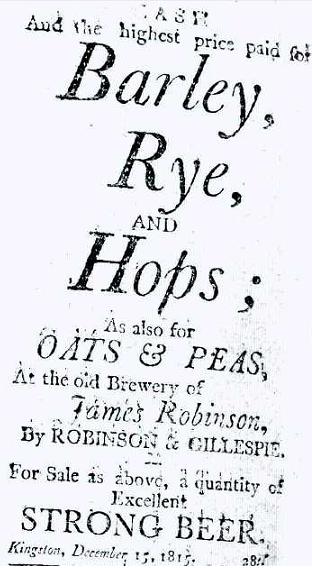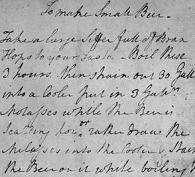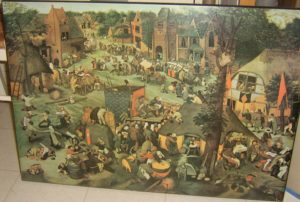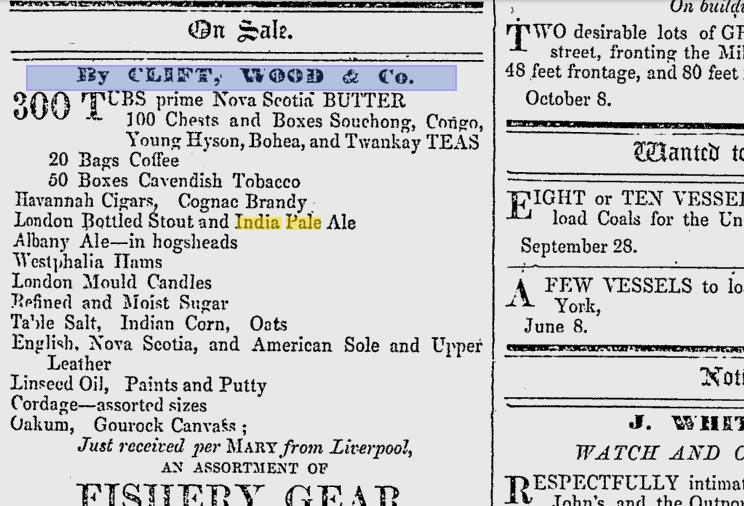I’ve been thinking more and more about the framework of the beery discourse and what has gotten us to this point. Still no comprehensive US history of beer. Still we live with the very language of beer controlled by organizations with middle managers, accountants and committees. And a growing trend such that, like things polysynthetic, the task of learning and describing the state of good beer appears to include a lot of creative writing – as in creation of the thing purported to be the subject of study. Not sure these are good things. There are stands being taken. I keep coming back to a post Jeff wrote a few weeks ago called “I Feel A Veto Coming On” in which he announced his rejection of a certain sort of beer:
…I must institute a similar policy with any experimental beer using crazy ingredients. I’m going to start from the position that anything that might plausibly be sold as a candy bar, salad, or entree is not worth drinking.
See that? That’s a position being taken. And one that makes sense. If you think about it, if the experimental beer is based on the adding of “not beer” to “beer” it is clearly a distancing of itself from beer. A dilution. A covering up. A distraction. One need not inaugurate the Protz Shield and Papazian Cup to point out the weakness in a trend or a shape shifting of the market. So, I take up Jeff’s policy and ask you to consider doing the same thing. Maybe 2013 is the year we can put the focus back on the beeriness of beer.




 The ad is from
The ad is from 


